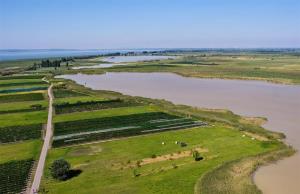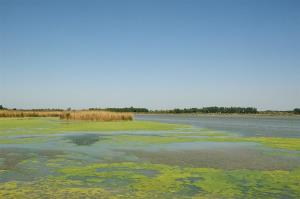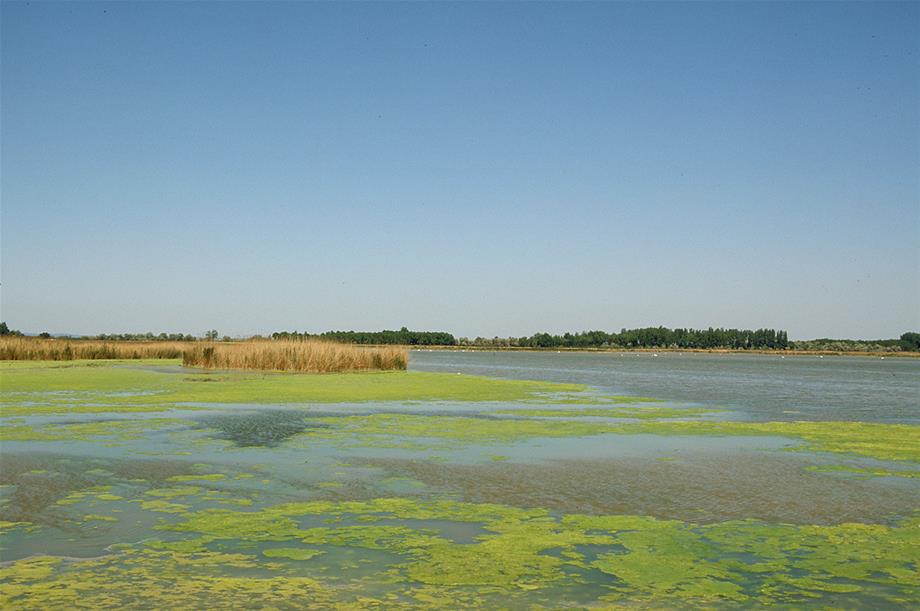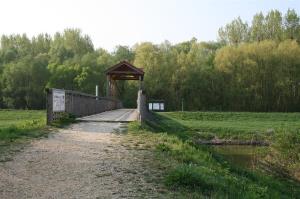Neusiedler See - Seewinkel
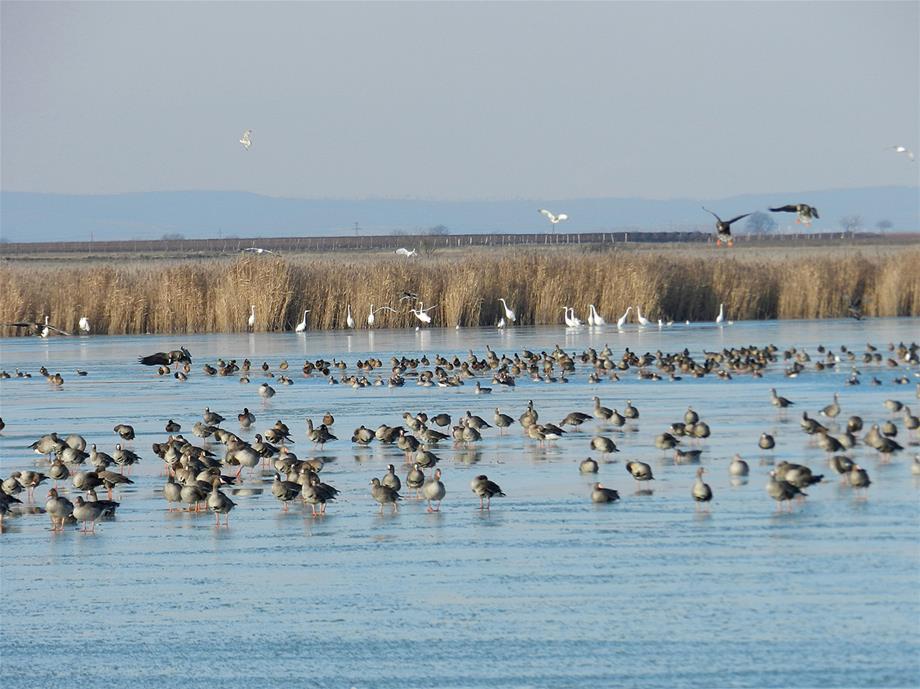
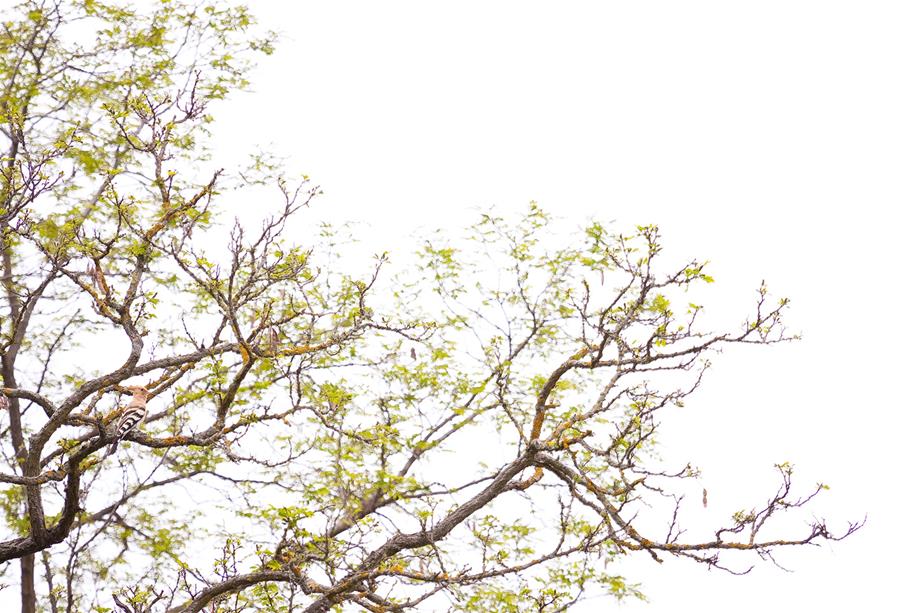

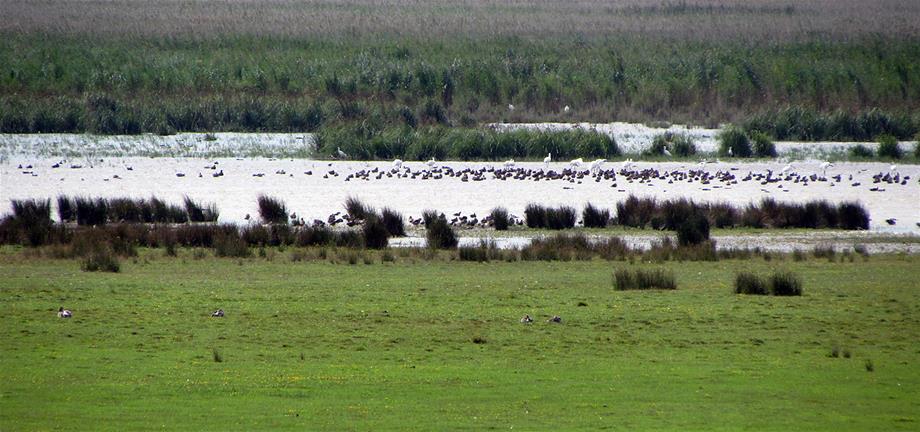
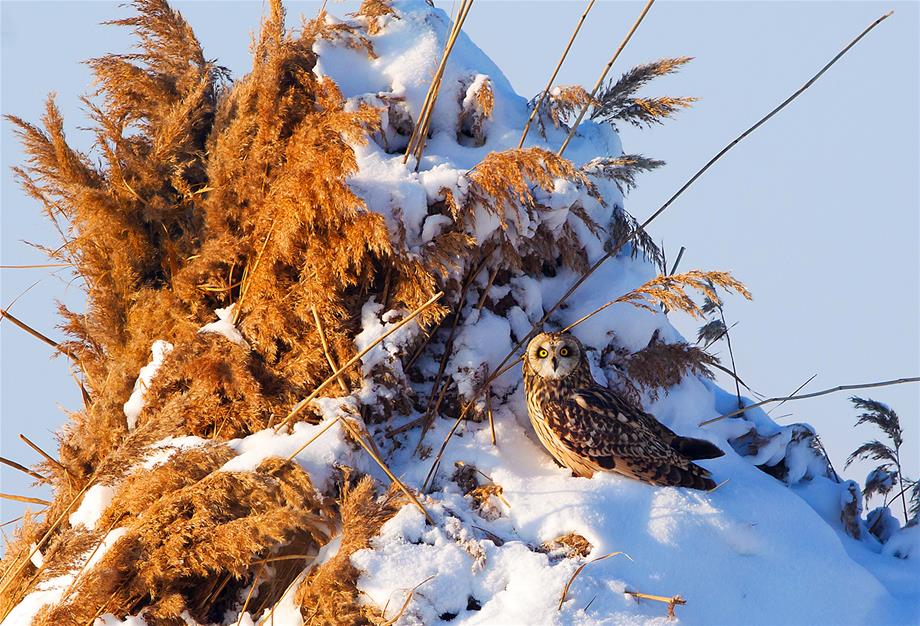
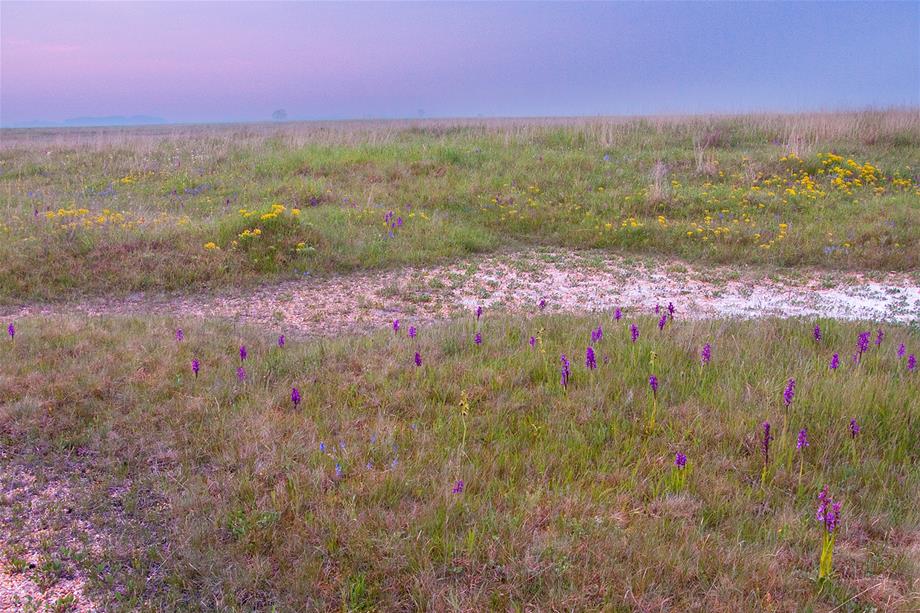

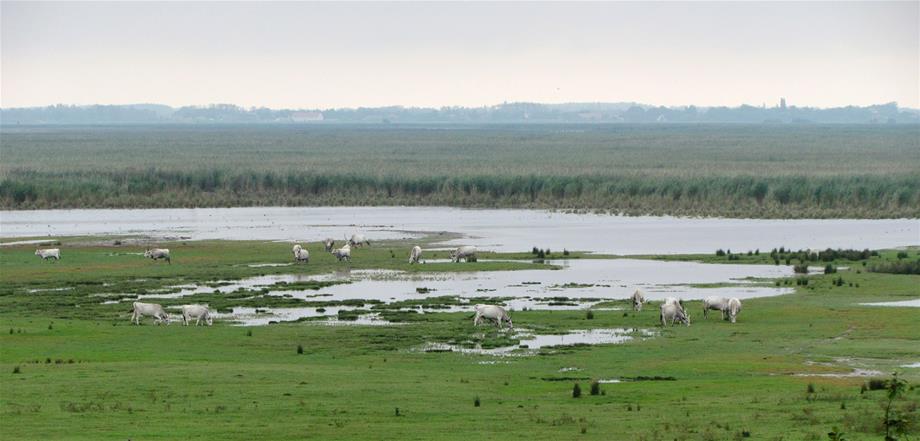
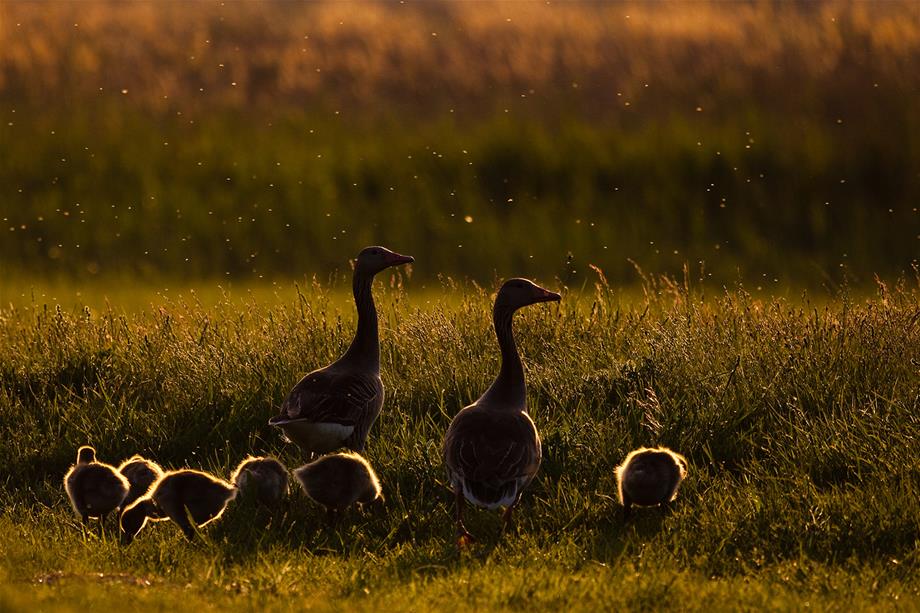
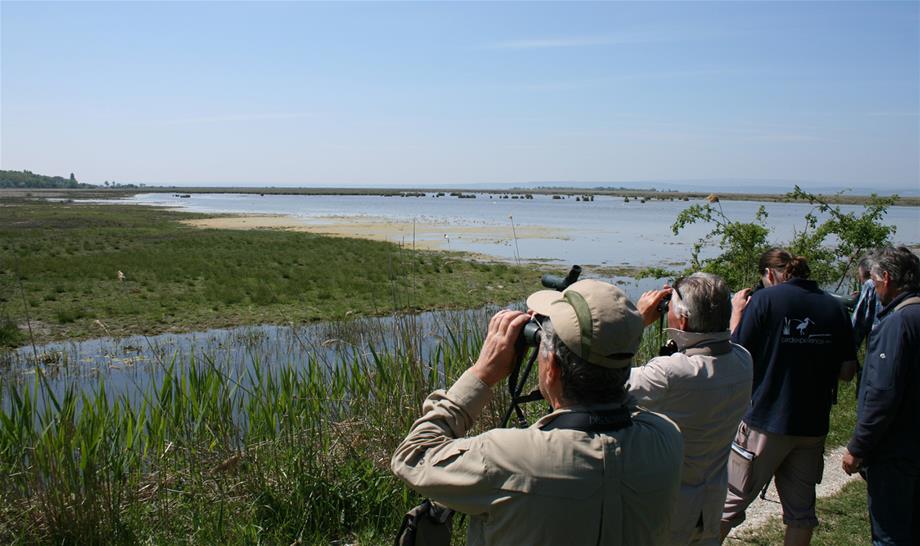
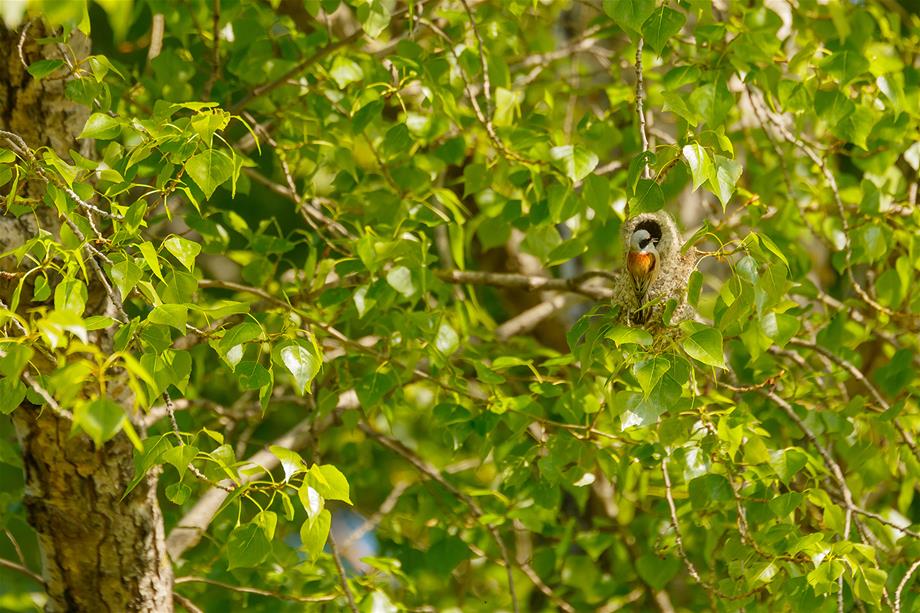
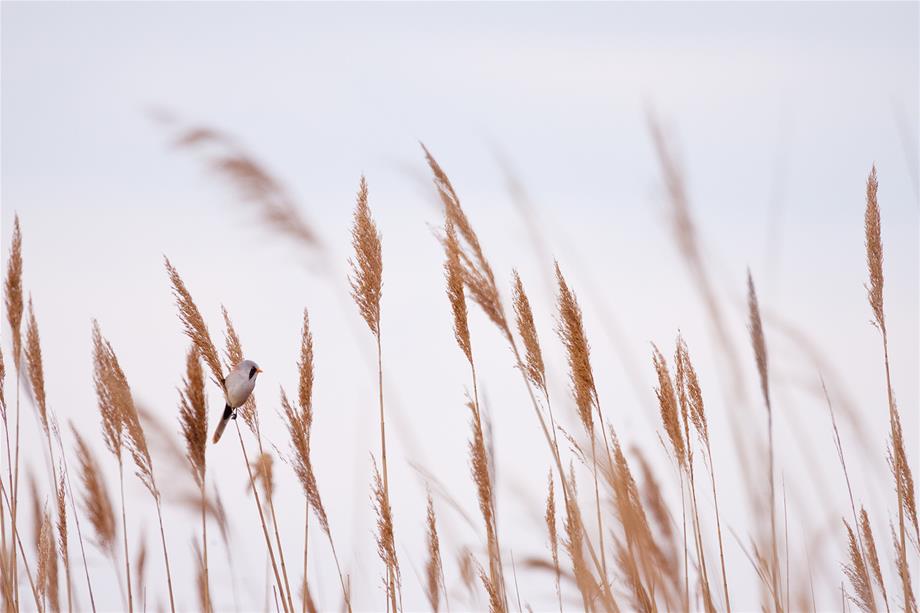
Neusiedler See - Seewinkel National Park
• Covering parts of Burgenland and Hungary near the lake
• established in 1993
• Covering 7 local authority areas
• 9,674 hectares in size (Austrian part), lowest point 114 m
• 43% reeds, 29% meadows, 27% lake and shallows
The cross-border steppe Neusiedler See - Seewinkel National Park was established in 1993 between the last eastern foothills of the Alps in the west and the western part of the Little Hungarian Plain - the Seewinkel - in the east. With its water and reed beds in Lake Neusiedl and the meadows, pastures and salty, periodically dry shallows, the park is one of the most fascinating natural areas in Europe.
The rich diversity of the national park, which since 1982 has been declared a wetland in the Ramsar area and a UNESCO World Heritage area since 2001, contains a variety of habitats, from wetlands to dry grasslands and natural sands to pastures and salt sites. The bird life in the 30,000 hectare conservation area is not only impressive for ornithologists and birdwatchers. Colonies of silver, grey, purple, night and little egrets, and spoonbills can be found here, as well as a plethora of songbirds, cranes and coots, and internationally significant numbers of moustached warblers, the lesser crake and bearded tits.
Einmal Hölle und zurück ["To hell and back”]
Where "hell” got its name from, is not easy to discern. The nature along the roughly 20 km sand dam at the eastern bank of Lake Neusiedl is in no way hellish, but rather a paradise for many rare and protected species.
From the national park information in Illmitz you hike through the village to Seestraße. At the Zicklacke, you fork to the right at Kirchentellinsfurter Platz. The muddy ground of the shallow body of water contains Glauber's salt and sodium carbonate ("Zick”, Hungarian for sodium carbonate). Like all coatings of the lowlands, it is fed by the rain. It slowly dries out in the summer heat, and the salt crystallises at the surface. Coastal plants such as the salt cress, salt wormwood or salt fescue then grow here.
The trail to the north leads directly to the Unteren und Oberen Stinkersee. In these two lakes, as in the adjacent meadows, breeding birds and - depending on the season - many migratory bird species can be observed from the trail, but predominantly from the observation towers with binoculars and spotting scope.
The wine tavern "Zur Hölle” to the north of the Oberen Stinkersee is recommended as a rest area, and is not far from the large observation tower. Heading back south, after the stables of Prewalski wild horses you follow the natural lake dam towards the biological stop. One of the observation spots most treasured by ornithologists is at the Illmitz lake grove, not far from Seestraße. After the crossing, the trail leads to Sandeck, where the rare white donkey has been introduced for grazing in the national park between the sand an reeds. From there you get back to Illmitz and the information centre to the south of the Kirchsee.
Trail length: approx. 23 km
Duration with time for observation: 7-8 hours
Don't forget your binoculars!
Note: The restricted trails apply throughout the Neusiedler See - Seewinkel / Fertö - Hanság National Park. Entering meadow, water and reed areas is strictly forbidden in all zones.
Around the Lange Lacke
The most extensive salt lake of the national park is to the north of the village of Apetlon. For the biodiversity in the nature of Lake Neusiedl it is just as important as the surrounding pastures - a treeless, steppe-like cultivated landscape and some smaller reed areas.
Coming from the village of Apetlon, you hike roughly two kilometres north to the so-called Darscho (Warmsee). This lake is not located in the national park, and the healing effect of the mud can still be verified today. The vegetation-free lake edge should be observed more closely, since it is the preferred habitat for waders such as plover, redshank or ruff passing through.
Further north, just behind the Rosaliakapelle, you will reach the Große Neubruchlacke. Its water level fluctuates with sediment and evaporation, like all Seewinkel lakes. After an excursion to the nearby Fuchslochlacke, the return path leads to the East to the Langen Lacke and to the two Wörthenlacken via a splitter. This zone of the national park is a magnet for birdwatchers and nature photographers all year round; from spring, when many bird species rest here and breed until winter, when bean and grey geese sleep here in their thousands and birds of prey roam the area.
Several observation towers make it easier to take in the view of the water areas and pastures. The pastures here are traditionally kept free of shrubbery, trees and reeds by a flock of village animals.
The restaurant at the parking area to the south of the Langen Lacke offers great quality regional cuisine. From there you go back to the village of Apetlon either via the cycling path that runs along the Landesstraße, or if you prefer to stay closer to nature, you can also go via the gravel path to the east of Langen Lacke.
Trail distance: approx. 16 km
Duration with time for observation: 5-6 hours
Don't forget your binoculars!
Note: The restricted trails apply throughout the Neusiedler See - Seewinkel / Fertö - Hanság National Park. Entering meadow, water and reed areas is strictly forbidden in all zones.
By bike at the border
The smaller, Austrian part of the Hanság ("Waasen” in German) stretches between Pamhagen and Andau, a low lying moor area which formed from the former eastern part of Lake Neusiedl and only became arable land, for the most part, during the inter-war period.
The extensive, still untouched part of the Hanság itself is of great international importance because it acts as a bridge between the wetland of Lake Neusiedl and the Žitný ostrov on the Danube. Pamhagen is the starting point for the bicycle tour. Following the cycling path running along the Landesstraße, you will reach Wallern and Tadten in a north-easterly direction. The smallest zone of the national park, which is particularly attractive to those interested in natural history with its many adjacent meadows and brownfields, is to the south. Here, the most famous animal in the animal world is the great bustard, which is hard to find for beginners without the right equipment.
You can reach the so-called "Kommassantenwiesen” ["commander meadows”] both via the paved trail leading south from Tadten and the trail starting at Andau. Depending on the time of day and light conditions, you choose one of the two routes, during which observation is made easier with one observation tower in Tadten, and two in Andau. Both lead to the foot of the dam of the Einser canal, which is identical to the course of the national border. At the location of the "Brücke von Andau” that became famous during the Hungarian revolt in 1956, a pedestrian and bicycle bridge provides a crossing point of the main canal, which the Hungarians call the Einser canal.
To the south of the canal, at the foot of the dam on the Hungarian side, you then cycle back in a westerly direction and reach the "Baron-Gustav-Berg-Brücke”, which opened in 2013, named after the designer of the former field railway network in Hanság in the 19th Century. The excursion southwards from here to the town of Kapuvár is worth it for several reasons; a visit to the museum in the town hall, a former Esterházy castle, with its multitude of exhibits on Hanság and Rabaköz is well worth the visit.
Back at the Einser canal, it is not far to Pamhagen. The small settlement of Töszegyarmajor, the former Pamhagen peat factory, remained with Hungary during the demarcation of the border in 1922, as well as large agricultural and forestry areas of Wallern, Tadten and Andau.
Trail length: approx. 57 km
Duration with time for observation: approx. 6 hours
Don't forget your binoculars!
Note: The restricted trails apply throughout the Neusiedler See - Seewinkel / Fertö - Hanság National Park. Entering meadow, water and reed areas is strictly forbidden in all zones.
Link for rooms and bookings
Lake Neusiedl region
www.neusiedlersee.com (general information).
https://web4.deskline.net/neusiedsee/en/accommodation/search (accommodation selection).
Illmitz
http://www.illmitz.co.at/English.31.0.html (general information and accommodation selection).
Travel information
By car
From the north/west: A4 motorway, exit Gols/Weiden.
From the south: Main road 50 Eisenstadt - Neusiedl/See.
From the east: A4 motorway (Nickelsdorf) and/or Pamhagen or Andau.
By train and bus
From Vienna, Bratislava or Eisenstadt to Neusiedl/See station, from there public buses to Apetlon or trains to Pamhagen (www.oebb.at, www.vor.at).
From Fertöszentmiklos via Pamhagen to Neusiedl/See (www.raaberbahn.at).
By ship and bicycle
Scheduled services from Easter to October from Mörbisch to Illmitz (www.schifffahrt-gangl.at). Bicycle rental points in all major municipalities of the region (www.neusiedlersee.com).
Rental bicycles by telephone and numerical code at www.nextbike.at.
International airports
Vienna-Schwechat and Bratislava (SK), approx. 50 km from Neusiedl/See.
Neusiedler See - Seewinkel National Park
Contact
Excursions, lectures, exhibitions
National Park information centre
Hauswiese, A-7142 Illmitz
T: +43 2175 3442
F: +43 2175 3442-4
Email: info@nationalpark-neusiedlersee-seewinkel.at
www.nationalpark-neusiedlersee-seewinkel.at
http://www.nationalpark-neusiedlersee-seewinkel.at/nationalpark_en.html
Opening times of the information centre:
April to October Monday to Friday 8:00 - 17:00, Saturdays/Sundays/public holidays 10:00 - 17:00
November to March Monday to Friday 8:00 - 16:00
